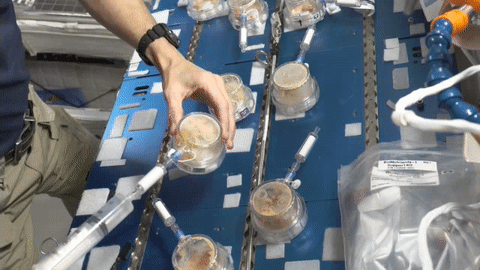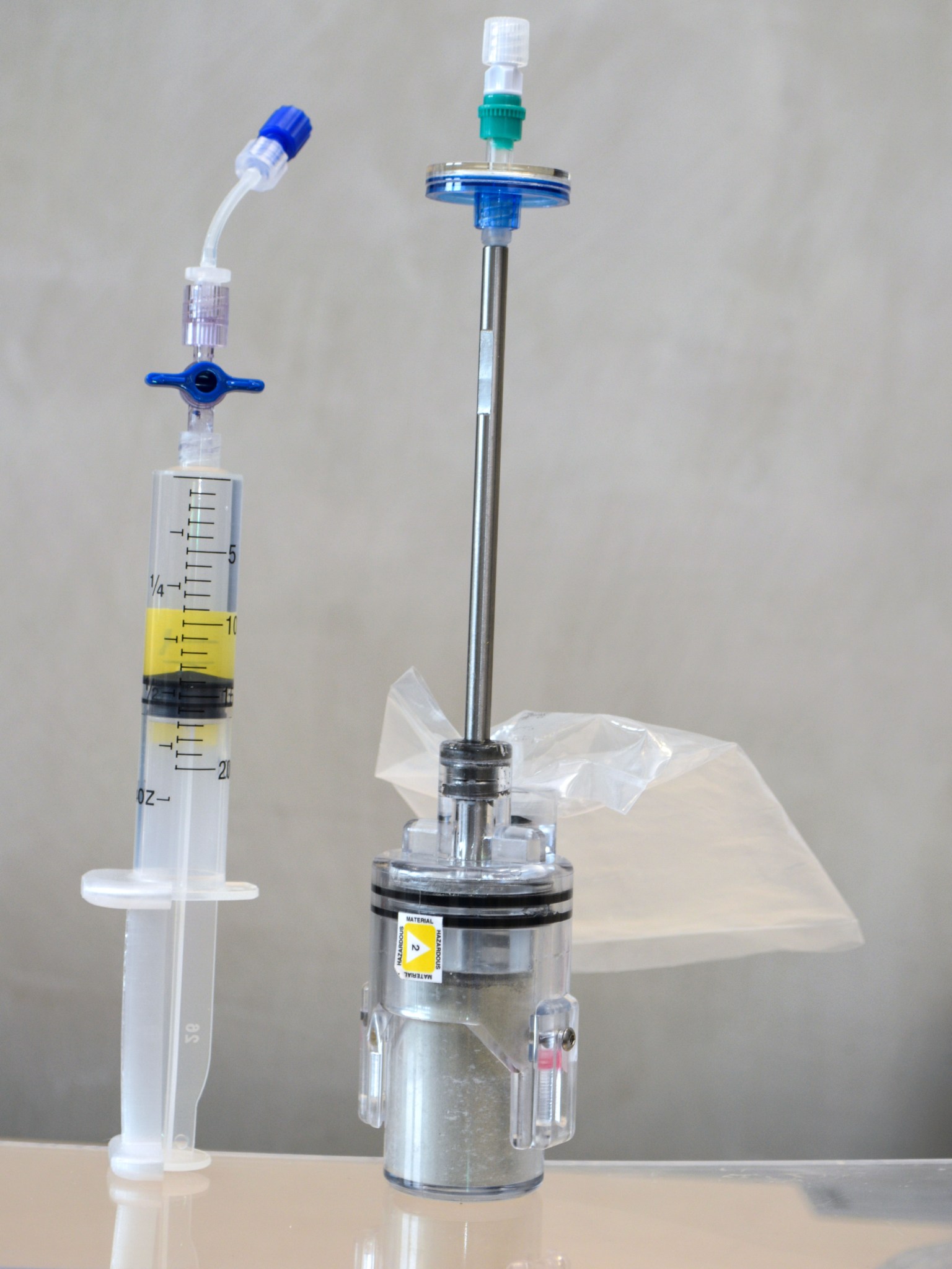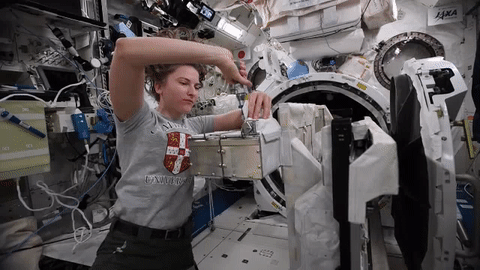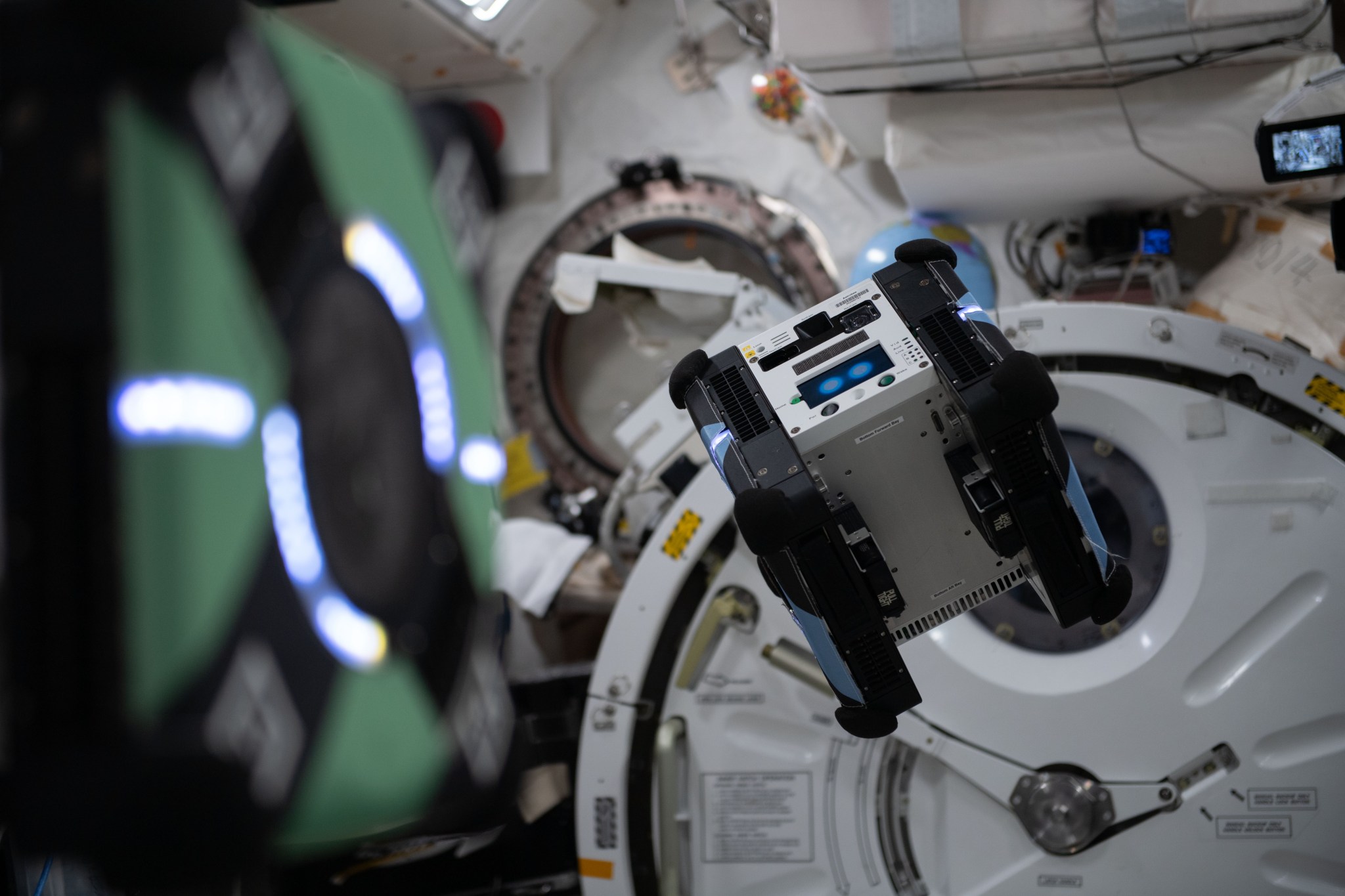[Lea la versión en español de este artículo]
Crew members aboard the International Space Station conducted scientific investigations during the week of Jan. 31 that included testing a technology for on-demand production of nutrients, examining the process of concrete hardening in microgravity, and launching a CubeSat to observe high-altitude gamma ray bursts.
The space station, continuously inhabited by humans for 21 years, has supported many scientific breakthroughs. A robust microgravity laboratory with dozens of research facilities and tools, the station supports investigations spanning every major scientific discipline, conveying benefits to future space exploration and advancing basic and applied research on Earth. The orbiting lab also provides a platform for a growing commercial presence in low-Earth orbit that includes research, satellite services, and in-space manufacturing.
Here are details on some of the microgravity investigations currently taking place:
Make your vitamins
Future long-duration missions, such as to Mars, need to address the issue that nutrients in stored foods and supplements degrade over time. BioNutrients demonstrates a technology for on-demand production of nutrients using growth packages that store a dehydrated medium and engineered yeast to generate carotenoids, which are beneficial to eye health. The investigation could identify compounds that degrade most quickly and support development of ways to produce vitamins and other nutrients during flight. Results also may provide insights into on-demand production of other precious biomolecules, such as therapeutics, and development of microorganisms that can withstand long periods of inactivity for a range of future space applications. The approach could benefit on-demand production of vitamins and other biomolecules in remote areas and in situations on Earth that experience restrictions on supply of critical compounds with short shelf-life. Crew members activated packets for the investigation during the week.
Watching concrete dry
Concrete Hardening investigates how microgravity affects the hardening process and resulting properties of concrete. The ESA (European Space Agency) investigation creates different mixtures of cement, water, sand, simulated lunar regolith, and other additives and allows them to harden in microgravity. Researchers plan to analyze material strength, bubble and pore distribution, and crystal structures and compare them with ground samples. This effort could support the development of materials for construction of habitat structures for future space missions. By using materials available on site, such as Moon regolith or dust, future missions would need to bring fewer raw materials, reducing launch mass. The investigation also could provide a better theoretical understanding of the hardening process and lead to better concrete mixtures and preparation processes on Earth as well. With annual world production of cement at roughly 4 billion tons, even a small improvement in efficiency would be significant on a global scale. During the week, crew members conducted several runs of the experiment.
Gaining on gamma rays
Light-1 CubeSat, an investigation from the Japan Aerospace Exploration Agency (JAXA), tests a system for detecting bursts of gamma rays, known as Terrestrial Gamma-ray Flashes (TGFs), in Earth’s upper atmosphere. TGFs are absorbed by the atmosphere and difficult to detect from the ground, so most detections have been from satellites orbiting roughly 300 miles above Earth. Light-1 CubeSat collects data from much closer since the space station orbits an average of 240 miles from Earth. Scientists plan to combine the data with ground-based observations, climatic maps of lightning and thunderstorms, and existing data from gamma-ray satellites developed by ESA and NASA. TGFs can expose aircraft, aircraft electronics, and passengers to excessive radiation and improving our understanding of their sources could help provide better protection. During the week, crew members installed the Light-1 CubeSat on the JEM Small Satellite Orbital Deployer (J-SSOD) and deployed it.
Other investigations involving the crew:
- ASIM, an ESA investigation, studies severe thunderstorms and upper-atmospheric lightning and their role in Earth’s atmosphere and climate. According to findings recently published in Nature, ASIM observations also are contributing to our understanding of flares from magnetars, or strongly magnetized isolated neutron stars.
- An investigation from the Canadian Space Agency (CSA), VECTION looks at changes in an astronaut’s ability to judge body motion and orientation and estimate distances. Results could help address issues these changes create for astronauts.
- Dreams, an ESA investigation, tests using a headband to monitor astronaut sleep quality during long-duration spaceflight. Sleep plays a major role in human health and well-being, but devices currently available do not provide effective monitoring of sleep quality.
- Metabolic Space, an investigation from ESA, demonstrates a wearable system to measure cardiopulmonary function during physical activities. This type of wearable device could make it easier to monitor astronauts and other space travelers and enable early diagnosis of potential health issues and has applications in certain settings on Earth.
- ESA’s Retinal Diagnostics tests a commercially available lens that attaches to a mobile device to capture images of astronauts’ retinas. Such a lightweight, non-invasive imaging device could provide a way to detect Spaceflight Associated Neuro-ocular Syndrome (SANS) and help protect astronauts from its effects and also could be a useful telemedicine tool in space exploration and remote areas on Earth.
- ROAM demonstrates using robotic craft to rendezvous with tumbling debris in space, which could provide a way to capture satellites for repair or removal from orbit. The investigation uses the space station’s Astrobee robots.
- MVP Cell-01 studies cartilage and bone tissue cultures subjected to mechanical injury and treated with a pharmaceutical. The work could lead to treatments for a disease called Post-traumatic Osteoarthritis, where a traumatic joint injury leads to arthritis.
- ESA’s Touching Surfaces tests laser-structured antimicrobial surfaces on the space station. Results could help determine the most suitable materials for future spacecraft and habitations as well as for terrestrial applications such as public transportation and clinical settings.
For daily updates, follow @ISS_Research, Space Station Research and Technology News, or our Facebook. Follow ISS National Lab for information on its sponsored investigations. For opportunities to see the space station pass over your town, check out Spot the Station.
John Love, ISS Research Planning Integration Scientist
Expedition 66

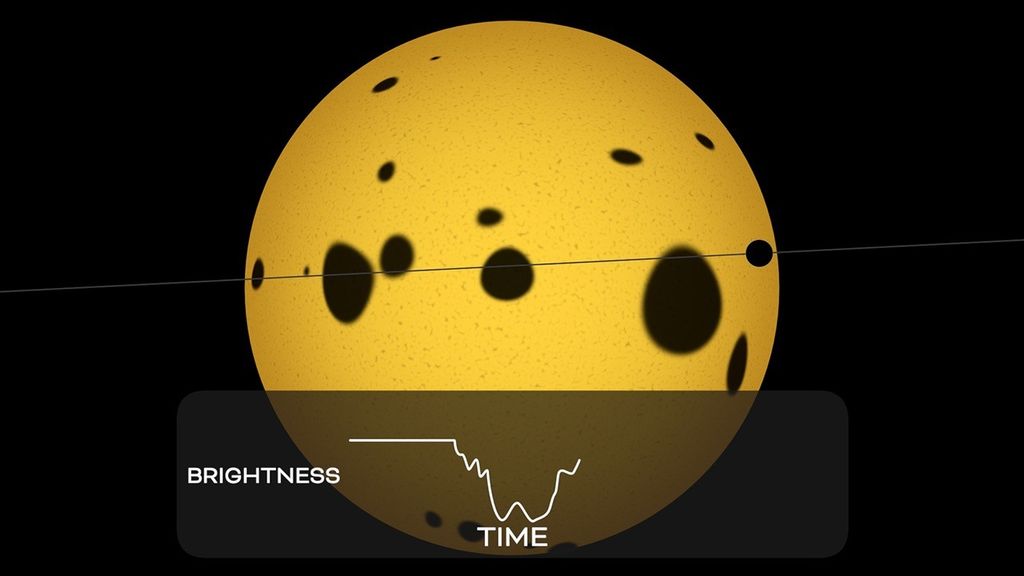





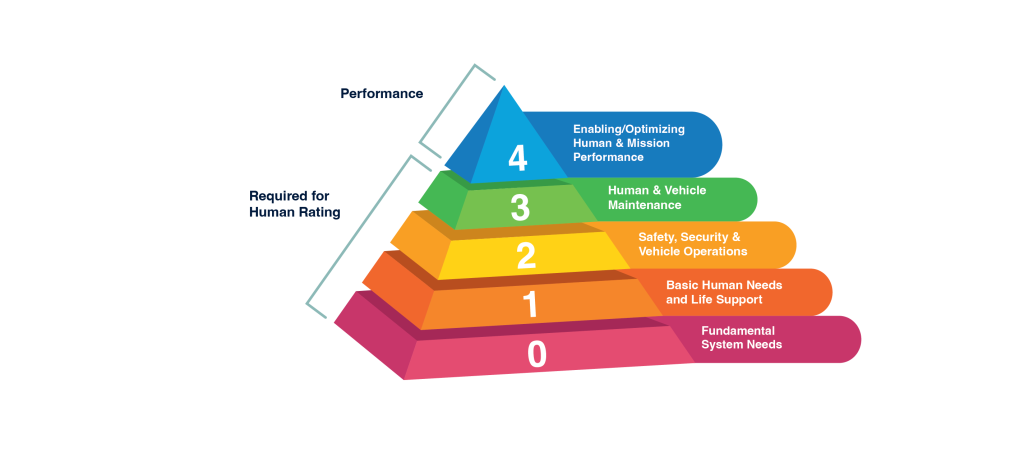



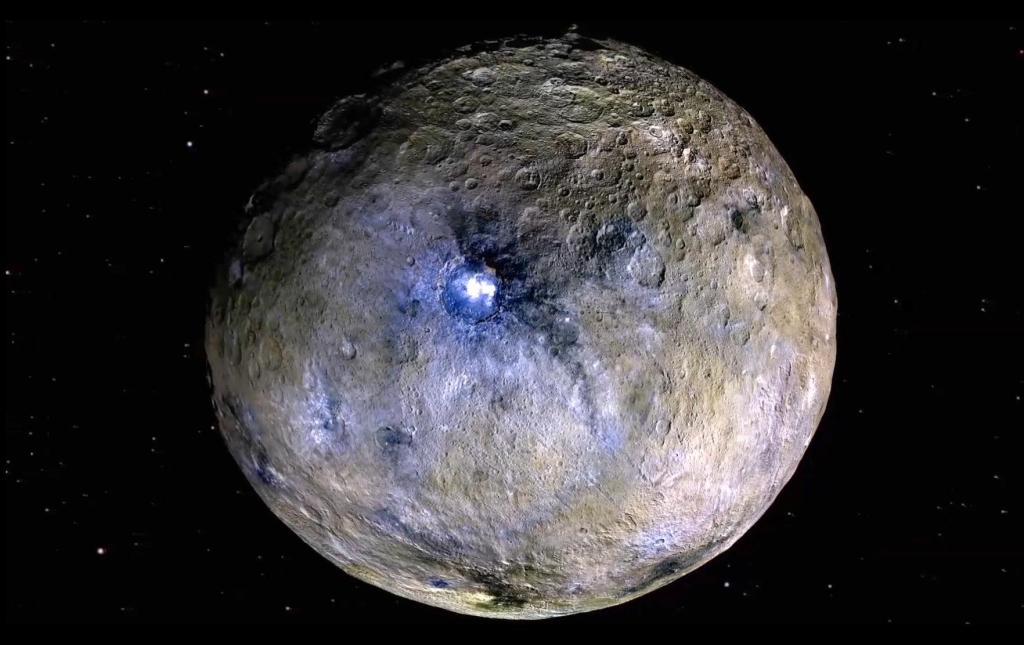

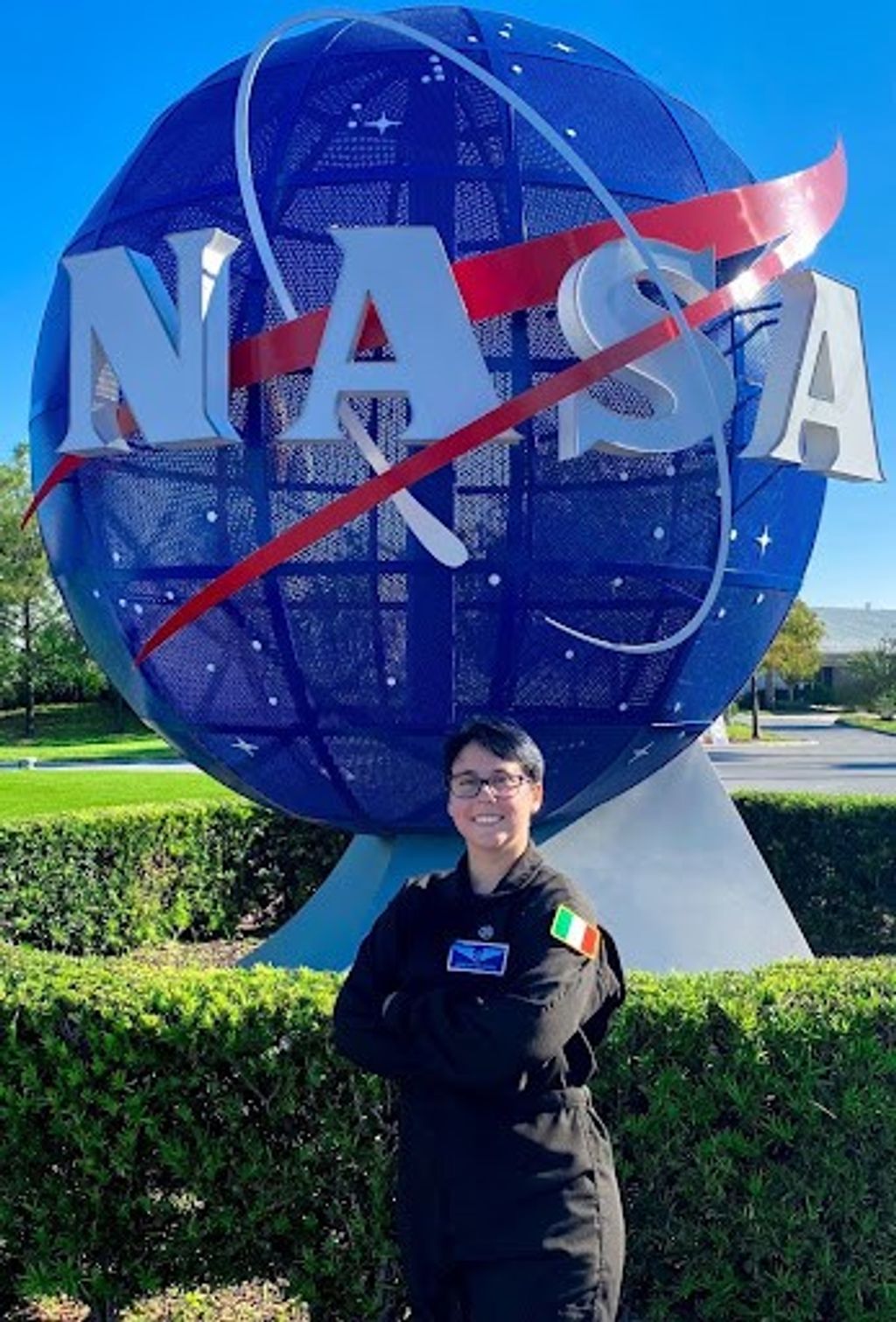

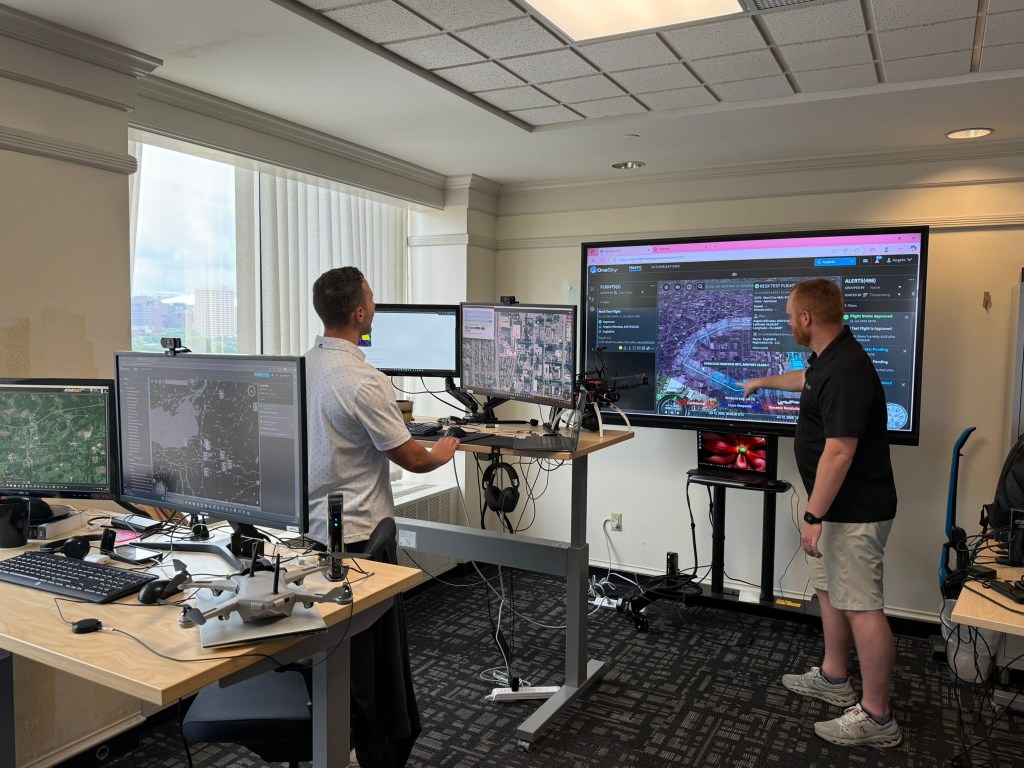





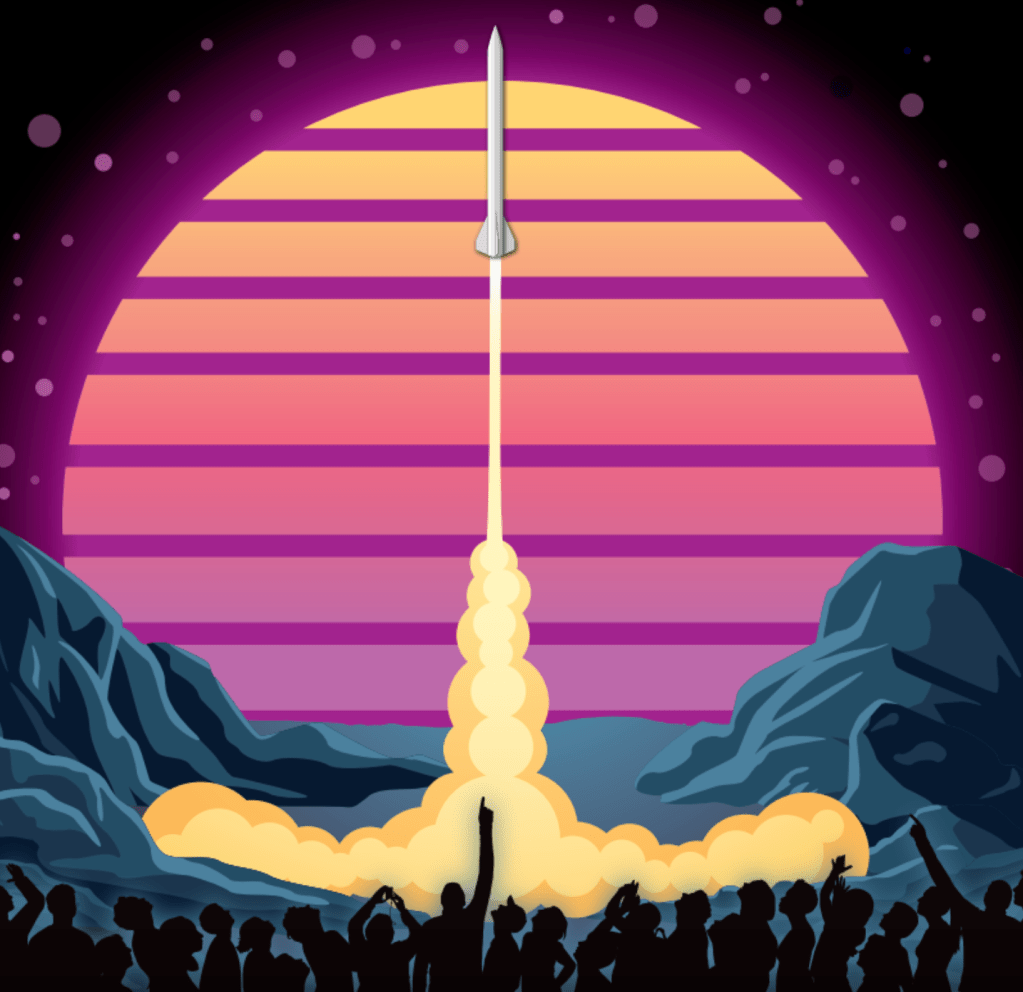

-Carolyn_Y._Ng.jpeg?w=1024)




